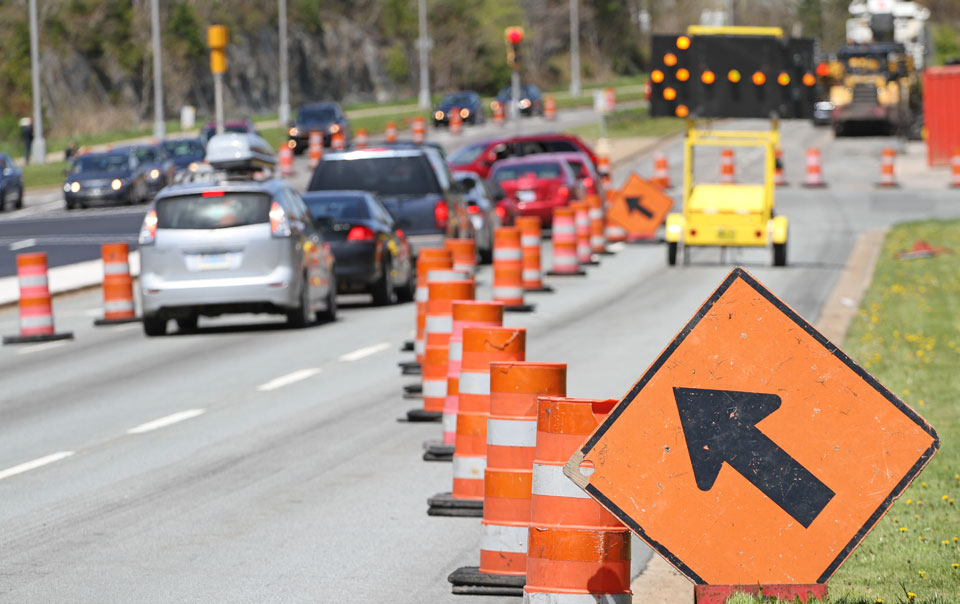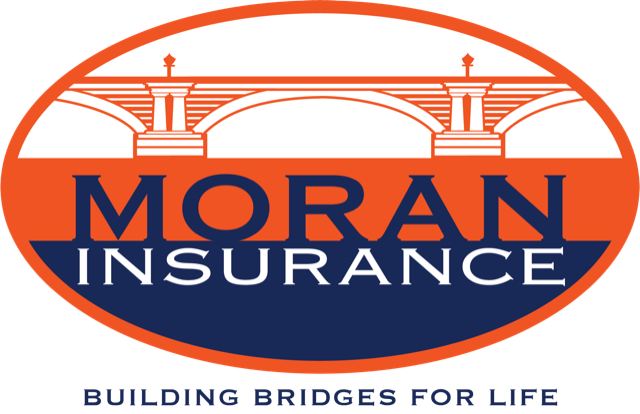
While the winter season is often associated with risky driving conditions, summer has its own risks. From road construction to out-of-town recreational drivers pulling boats and campers, summertime hazards require drivers to be extra alert and share the road.
Vehicle accidents kill more American workers than any type of workplace accident1; in 2014, 35 percent of workplace injuries involved a motor vehicle.2 Since drivers cause more than 90 percent of vehicle crashes3, make sure they are aware of these summer hazards and know how to share the road safely.
Hazard No. 1: Summer Construction Brings Increased Traffic
“The increased traffic on our roads is an unmistakable hazard of summer driving,” says Daniel Brown, a Travelers Risk Control transportation safety professional. Estimates predict a new record high for vehicle miles traveled in 2016, likely due to low fuel prices and economic activity. This has already led to a 9.3 percent increase in roadway deaths during the first nine months of 2015, according to the National Highway Traffic Safety Administration. Traffic delays and detours caused by road construction can make traffic snarls worse. It is important for drivers to be patient and alert, and to share the road.
To ensure the highest safety in work zones, drivers should:
- Either avoid known work zones or anticipate the delay and allow extra time.
- Find an alternate route or adjust their work schedule to avoid hazards or delays.
- Follow signs and, if lanes are being closed, merge early before entering the work zone.
- Expect the unexpected: slow down, increase their following distance and avoid distractions.
Hazard No. 2: Motorcycles on the Move
As the number of motorcycles on the road increases, so does the opportunity for motorcycle crashes. There are more motorcycles on the road now than a decade ago, with the number of registered motorcycles increasing 45 percent between 2004 and 2013, and the number of motorcyclists more than doubling.4 Make sure everyone in your organization understands the unique hazards that motorcycles present, including the risk of accidents caused by a vehicle turning left in front of a motorcycle.
Drivers should consider the following when sharing the road with motorcycles:
- Be extra aware: Motorcycles can be difficult to see and can disappear in your blind spot. Also, it can be easy to misjudge a motorcycle’s speed.
- Look twice to make sure a motorcycle is a safe distance from your vehicle.
- Follow motorcycles at greater distances, as motorcycles can stop more quickly than automobiles.
Because of the extra dangers motorcycle riding can present, consider a policy that prohibits employees from using motorcycles for business travel.
Hazard No. 3: Bicyclists Can Be Hard to Predict
Like motorcycles, bicycles can be difficult to see, and they can be even more vulnerable in a crash. The majority of cyclists who are injured or killed are adults, with 70 percent of those fatalities occurring in urban environments.5 Bicycle rider intentions can be hard to predict if they do not follow traffic rules or use hand signals.
To keep bicyclists safe:
- Understand the local rules. Laws in most states give bicycle riders the same rights as vehicle operators.
- Give bicycles space—respect their rights to use the road.
- Look for bicycle riders, especially when opening your door and making right turns at intersections. Look over your shoulder to ensure the way is clear.
- Treat bicycles the same as slow-moving vehicles. Give cyclists 3 feet of clearance when passing. When following a cyclist, give them plenty of space should they change direction or stop.
Hazard No. 4: Distracted Pedestrians
Extra daylight and warmer temperatures bring people outside and onto roadways. Distracted walking by people focused on their mobile devices only heightens the dangers of the most vulnerable people on the road: pedestrians.
To ensure the safety of pedestrians, drivers should:
- Watch out for pedestrians at night, especially in urban areas.
- Stop for pedestrians in crosswalks and never pass a vehicle stopped at a crosswalk—pedestrians could be crossing the road.
- Look for pedestrians more than once before turning.
- Watch for pedestrians who might be distracted while walking, as distracted walking has been a factor in some incidents.
There are other types of summertime driving risks to consider as well, such as recreational drivers who are unfamiliar with local roads and young drivers who may lack experience behind the wheel. In addition, summer vacationers may be driving overloaded vehicles with obstructed windows, and drivers may be sleep-deprived from longer days and activities that stretch into the night.
What’s more, summer weather, including heavy wind, rain and fog, can also rival the challenges posed during a winter storm. Help drivers prepare for these and other summertime hazards. Let employees know that getting there safely—and back home again—is their most important responsibility on the road.
Sources:
1 2014 Fatal Occupational Injuries by Major Event, Bureau of Labor Statistics.
2 U.S. Department of Labor, 2015.
3 National Safety Council Injury Facts 2015.
4 http://www-nrd.nhtsa.dot.gov/Pubs/812148.pdf
5 NHTSA Traffic Safety Facts, May 2015.


